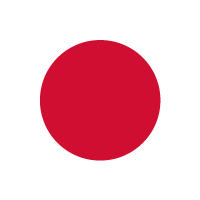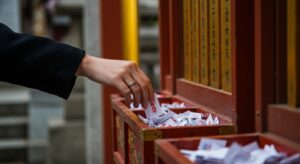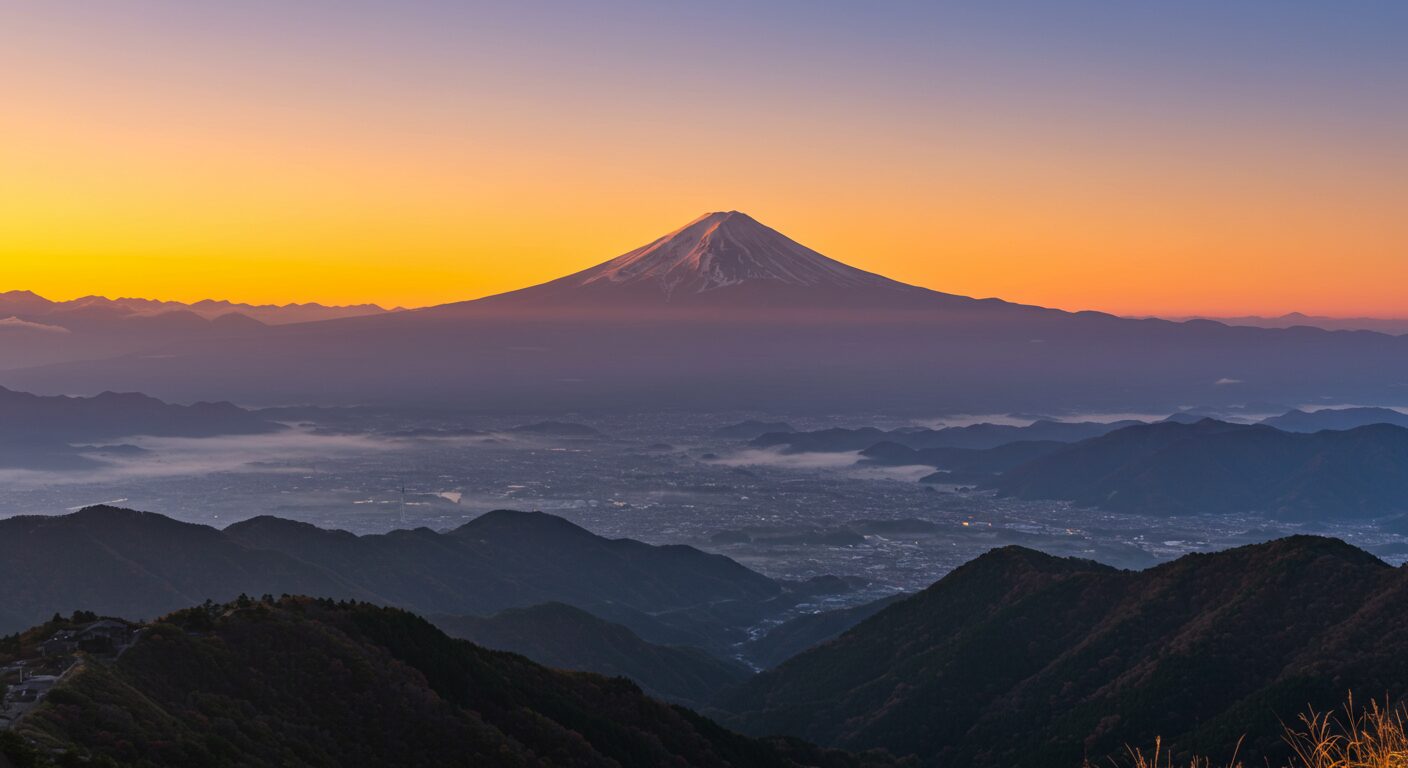

If you visit Japan during the New Year season, you will see many people heading to shrines in the cold night or early morning. This is called Hatsumode, the first shrine visit of the year and an important Japanese tradition. For foreign travelers, questions often arise: “Which shrine should I go to?”, “Are there specific manners?”, “How much money should I offer?”. A friend of mine once joined Hatsumode for the first time and copied others around him, but later worried if he had done it correctly. In this guide, we’ll explain the meaning and history of Hatsumode, proper shrine etiquette, how to find your local guardian shrine, the role of the Shrine Association, how much to give as an offering, what to wear, and important tips for a respectful visit. We’ll also cover omikuji fortunes, protective amulets, photo etiquette, and share real traveler experiences. With this guide, you can confidently enjoy Japan’s New Year culture.
What Is Hatsumode? Meaning and Origins of Japan’s First Shrine Visit
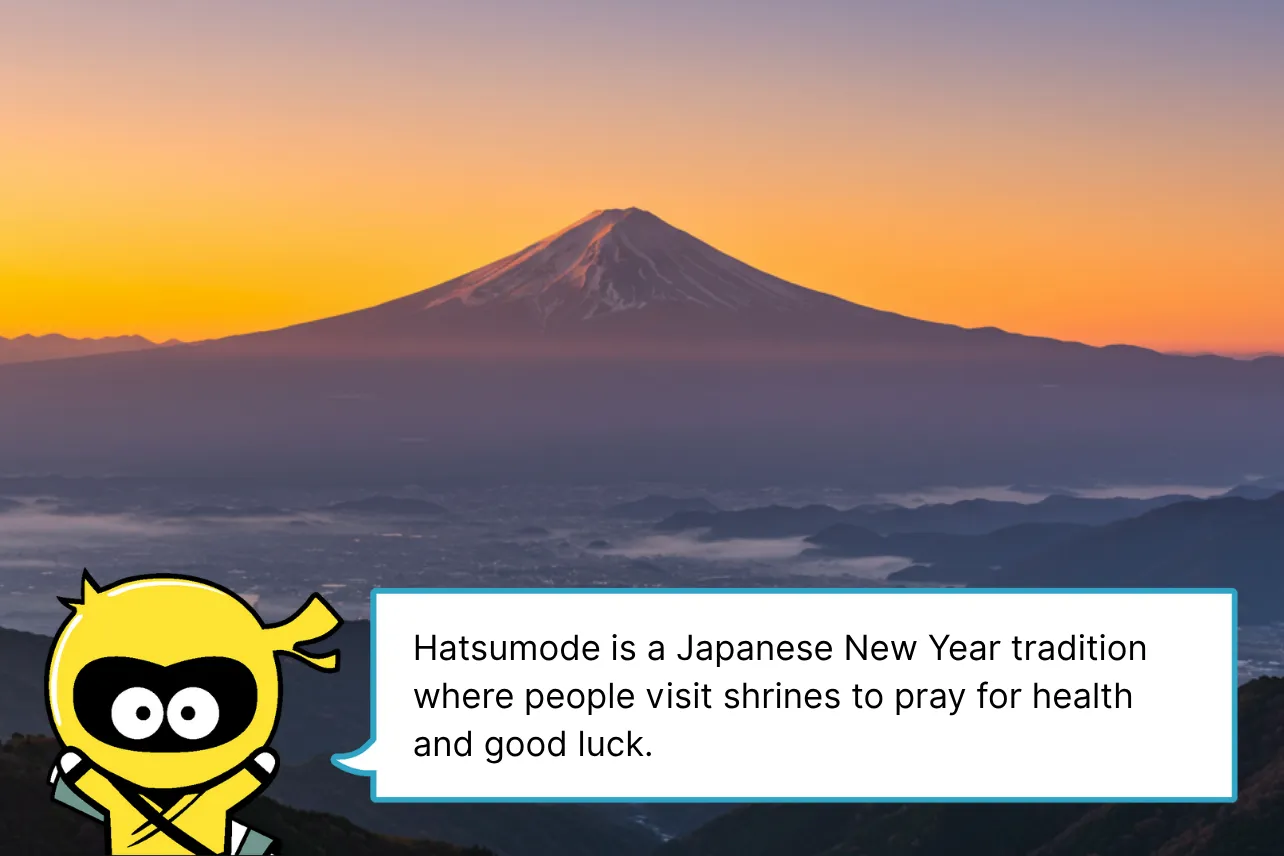

Hatsumode is the first visit of the year to a Shinto shrine or Buddhist temple, where Japanese people pray for health, safety, and good fortune. The tradition dates back to the Heian period, when families prayed to their guardian deity (ujigami). Today, millions still practice it, and famous shrines like Meiji Jingu in Tokyo or Fushimi Inari in Kyoto attract huge crowds, including international tourists.
Hatsumode is not just sightseeing—it marks a spiritual “fresh start” for the New Year. Visitors can make a small offering, draw an omikuji fortune, or purchase protective charms. Costs are minimal: 5 or 50 yen coins are considered lucky because of wordplay meanings. For travelers, it’s a low-cost yet deeply cultural experience, highly recommended for understanding Japan’s traditions.
While major tourist shrines are spectacular, visiting a small local ujigami shrine is equally meaningful. Note that on January 1st, lines can be extremely long; visiting on January 2nd or 3rd is often a smarter choice for a more comfortable experience.
How to Visit a Shrine for Hatsumode: Etiquette and Step-by-Step Guide
The most important part of Hatsumode is following the correct etiquette. The usual steps are: bow before entering the torii gate, purify your hands and mouth at the water basin, toss a coin into the offering box, and perform “two bows, two claps, one bow.” While simple, these rituals can be confusing for first-time visitors. Learning the sequence in advance ensures a smooth and respectful visit.
Offerings are inexpensive, usually just a few coins. Five yen coins are especially popular, symbolizing “good connections.” It’s not about the amount but the sincerity of the prayer.
Key tips: avoid loud conversations, don’t block the altar with long photo sessions, and respect the solemn atmosphere. To escape the heaviest crowds, avoid midnight and early morning on January 1st; visiting on January 2nd or 3rd is a comfortable alternative.
Choosing the Right Shrine: Local Guardian Shrines vs. Famous Shrines
Many travelers wonder which shrine to visit. Generally, there are two choices: your local ujigami shrine (guardian of the area you stay in) or nationally famous shrines. Locals prefer ujigami shrines for their personal connection, while famous shrines appeal with grandeur and festive atmosphere.
Visiting a local shrine is quieter, with less crowding and only a small offering cost. My friend from the UK visited a small neighborhood shrine and described it as a heartwarming experience, unlike crowded tourist spots. This type of visit deepens cultural understanding.
Famous shrines like Meiji Jingu, Fushimi Inari, Sumiyoshi Taisha, or Sensoji offer spectacular views and lively crowds, but expect long lines and fatigue. Decide based on whether you value peace and reflection or a vibrant, photogenic atmosphere.
Personally, I recommend starting with your local ujigami shrine—greeting the deity that protects your home or stay is a meaningful way to begin the year.
How to Find Your Local Shrine: Contacting the Shrine Association
Traditionally, Hatsumode is held at your ujigami shrine, the local guardian of your home or accommodation. But many foreign travelers don’t know which shrine that is. The easiest way is to ask the Jinja Honcho (Shrine Association), which can identify your local shrine based on your address.
You can contact them by phone or email. Some branches even provide English support. There’s no cost, making this a convenient resource. One Australian traveler reported finding a small neighborhood shrine through this method, describing it as a unique and personal cultural experience.
Note: inquiries peak around New Year, so allow extra time for a reply. You can also search on the official Shrine Association website by map. While major shrines are impressive, visiting a local shrine offers an authentic experience worth trying.
Hatsumode Offerings: How Much Money Should You Give?
The offering, called osaisen, is symbolic gratitude to the gods. The amount is less important than sincerity. Five-yen and fifty-yen coins are most popular for their lucky wordplay meanings, while some avoid ten yen coins. However, no amount is truly taboo.
For travelers, this is a culturally rich experience at very little cost. A Canadian tourist shared that offering a fifty-yen coin felt surprisingly meaningful. This shows how accessible Hatsumode is, regardless of budget.
Tip: quietly place the coin instead of tossing it loudly, as noise can be seen as disrespectful. Customs differ slightly by region, so watching how locals behave is the safest guide.
What to Wear for Hatsumode: Clothing and Items to Bring
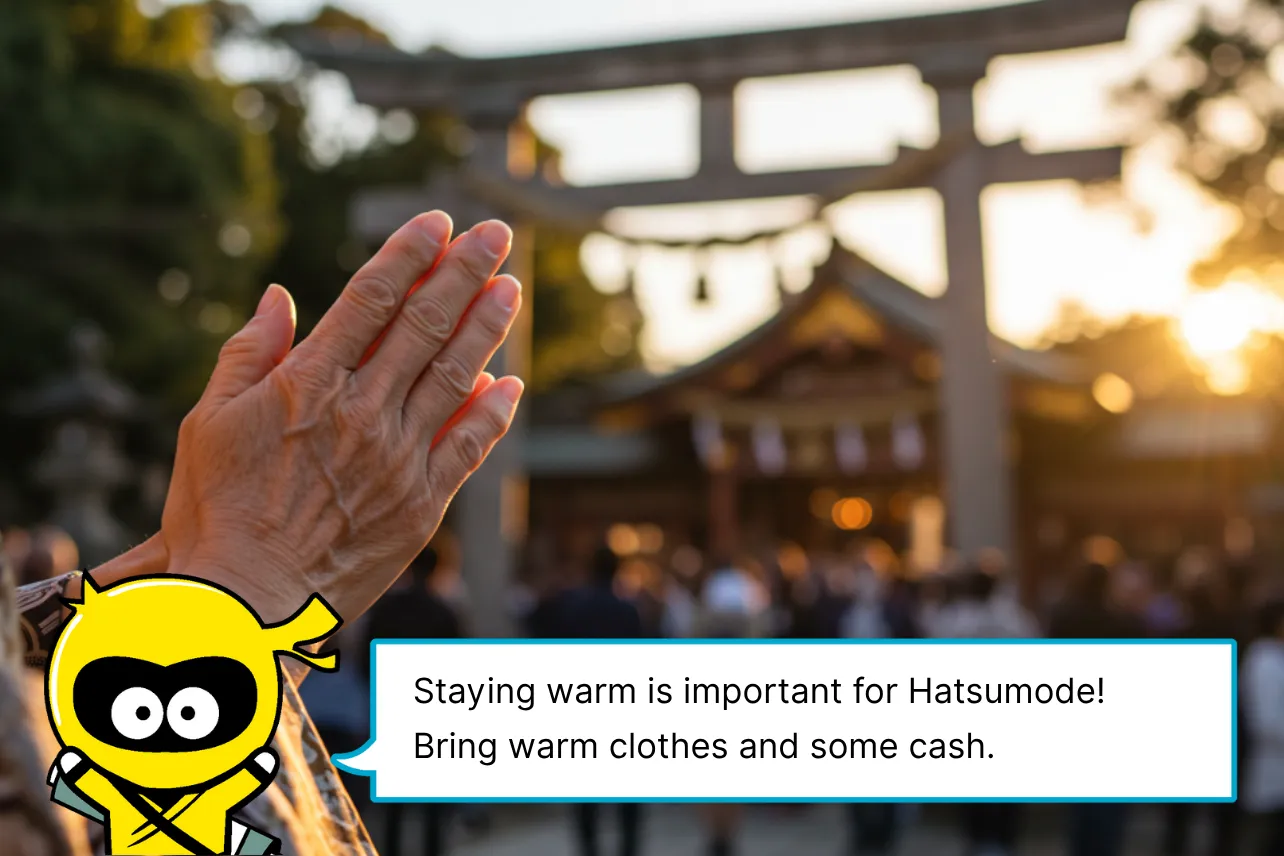

Since Hatsumode is in mid-winter, dressing warmly is essential. Japanese people value a neat appearance, so avoid overly casual or revealing clothes. You don’t need to buy expensive outfits; a warm coat, scarf, and comfortable shoes are enough. Sneakers or boots are best for long lines.
Bring coins (especially 5 or 50 yen) ready in advance. Pulling out your wallet in line can be inconvenient and unsafe. Carry small cash for omikuji, charms, and food stalls, as credit cards are rarely accepted.
You might be interested in this
Omikuji and Omamori: New Year Fortunes and Protective Amulets
One of the highlights of Hatsumode is drawing an omikuji (fortune slip) and purchasing an omamori (protective amulet). Omikuji range from “Great Blessing” to “Bad Fortune.” Bad results are usually tied to shrine racks to leave behind misfortune, while good ones are kept. Cost is only 100–300 yen, making it a fun and affordable experience.
Omamori come in many types, such as for health, study, or safe driving, and designs vary by shrine. Colorful charms with English explanations are especially popular among tourists.
Photo Etiquette During Hatsumode: What Not to Do at Shrines
Many visitors want to capture the beautiful shrine atmosphere, but remember there are rules. Taking photos directly in front of the main hall during prayers, using flash, or blocking others is considered rude. Some travelers shared that they were warned for ignoring “No Photography” signs—always check the surroundings.
Photography is generally free, but restrictions may apply during weddings or ceremonies. Breaking these rules disturbs others and disrespects the culture. The best option is to finish your prayers first, then enjoy photos of the grounds or food stalls.
FAQ
-
How much does Hatsumode cost?
Participation is free. You’ll only need a small coin offering and optional purchases like omikuji or omamori charms, costing just a few hundred yen. Major shrines don’t require entry fees. Some travelers book paid tours to avoid heavy crowds.
-
Which shrine should I visit for Hatsumode?
Japan has two main options: your local guardian shrine for a quiet, authentic experience, or a famous shrine for a lively atmosphere. Contacting the Shrine Association can help you find the nearest one.
-
Can foreigners learn the correct etiquette?
Absolutely. The steps are simple: purify at the water basin, offer coins, and perform two bows, two claps, one bow. Many shrines provide English signs or brochures. Visiting at off-peak times makes learning easier.
-
What should I wear for Hatsumode?
Warm clothing is essential for winter. Bring a coat, scarf, and comfortable shoes for long waits. Keep coins handy for offerings. Most stalls and shrines only accept cash, so carry small bills and coins.
Conclusion
Hatsumode is one of Japan’s most cherished New Year traditions, offering both locals and international travelers a chance to reflect and celebrate. This guide explained its meaning, etiquette, shrine options, offering customs, dress tips, omikuji, and omamori. With minimal cost, it provides a deeply cultural experience.
Understanding Japanese traditions not only enriches your trip but also shows respect to local culture. Hatsumode can be your gateway to learning more about Japanese rituals and everyday manners. For further reading, see our guides on “Differences Between Shrines and Temples” and “Onsen Etiquette in Japan.”

